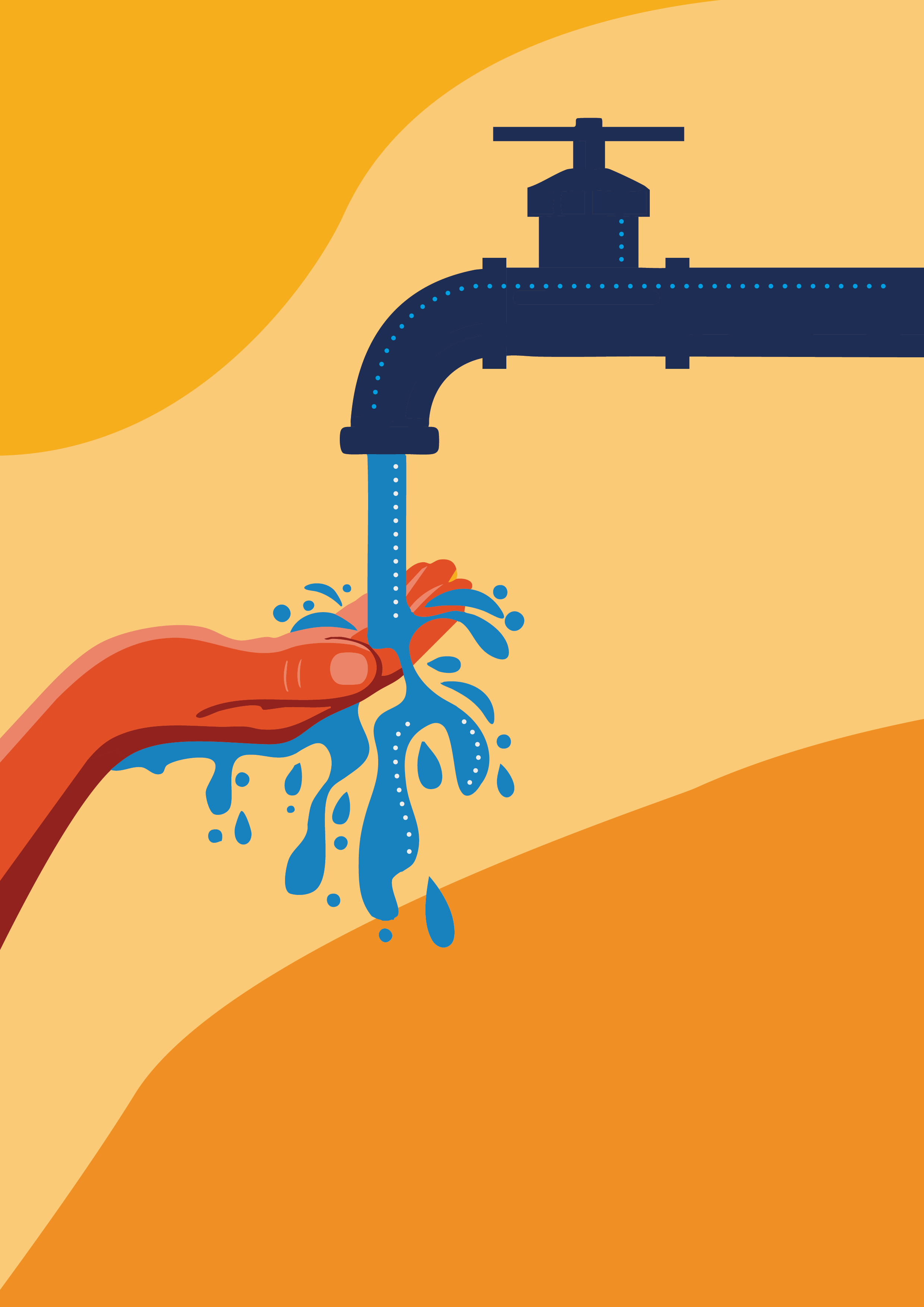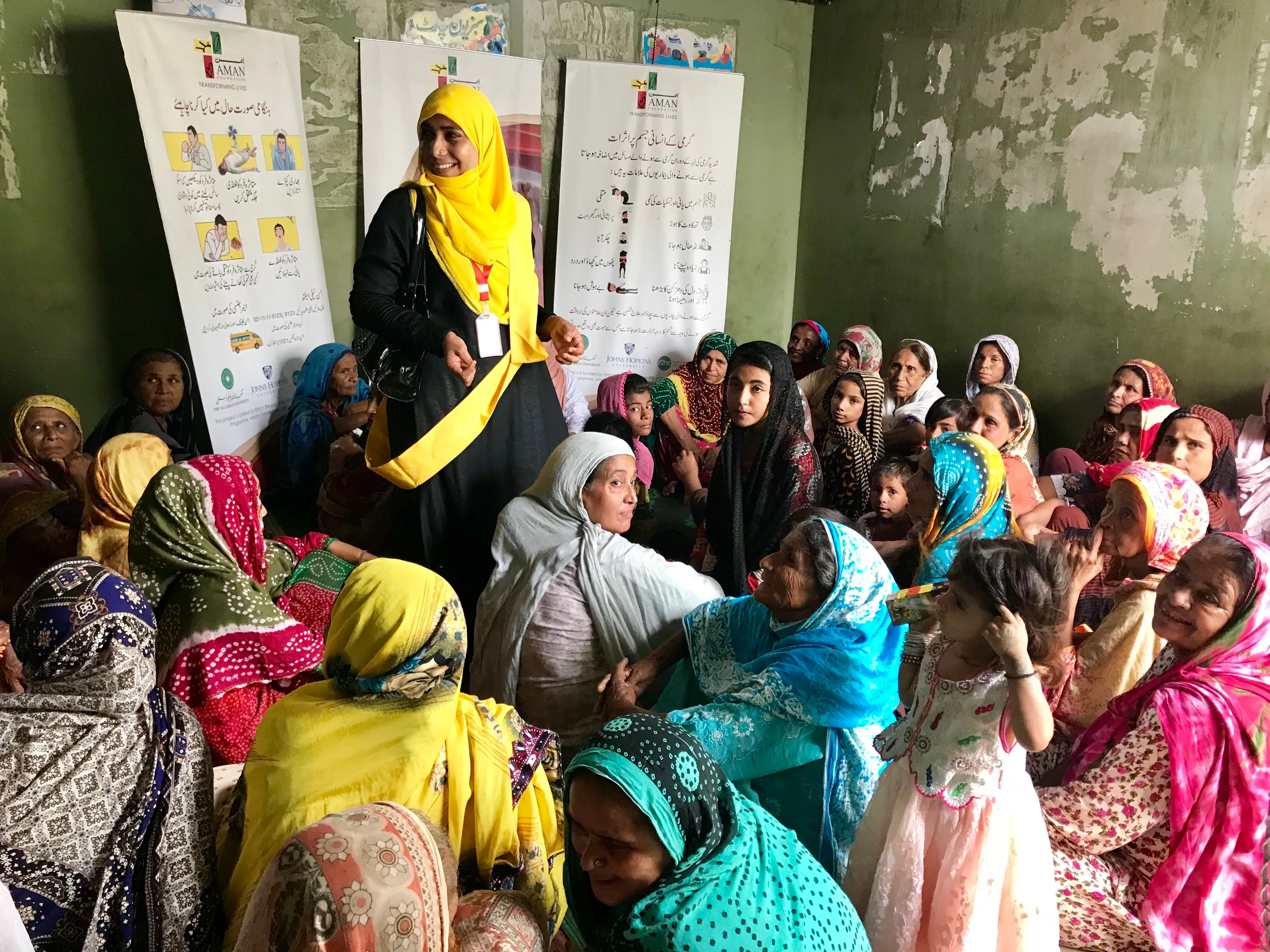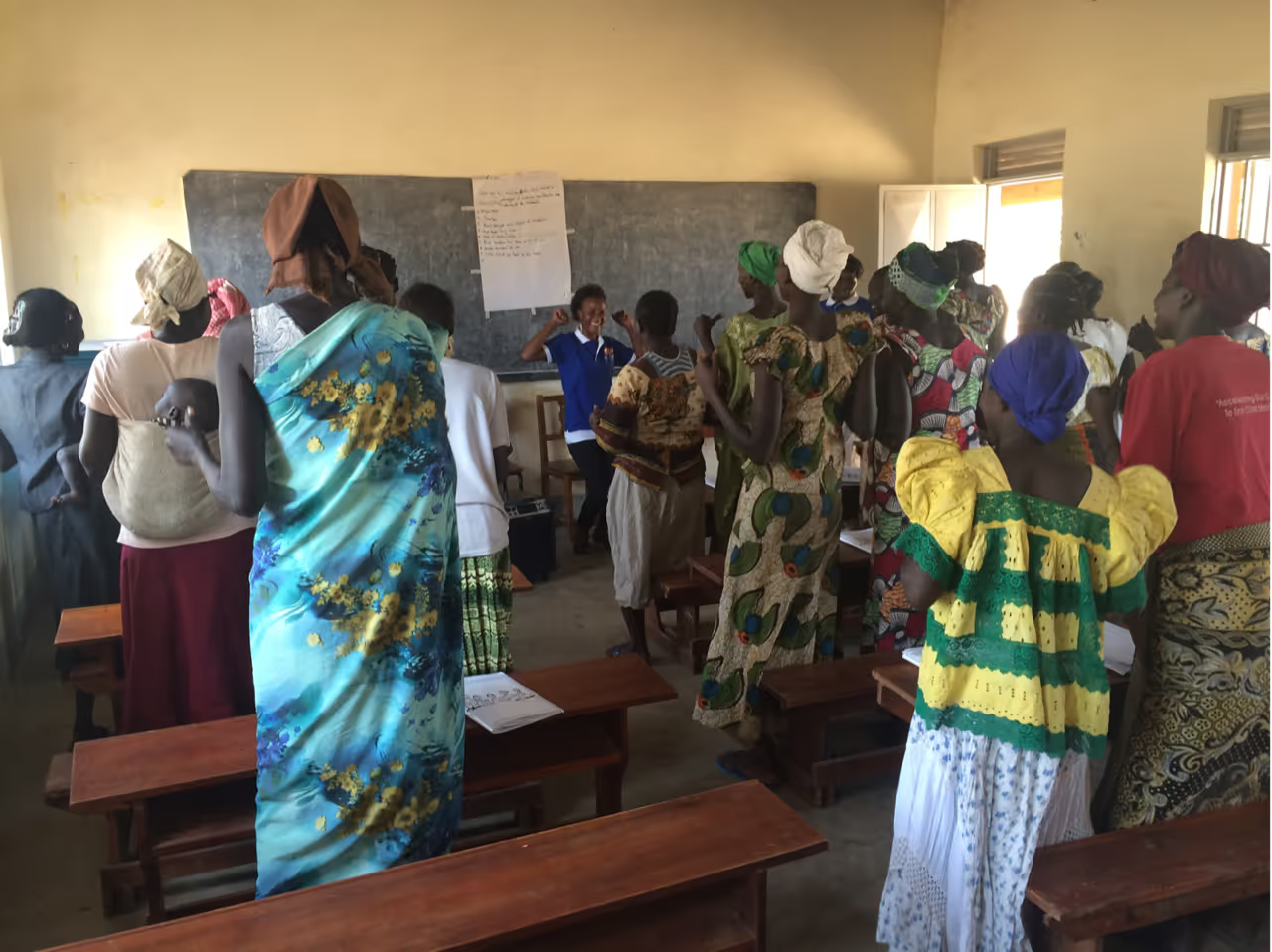Climate adaptation in humanitarian WASH: five lessons from World Water Week

On 26 August at World Water Week, we, alongside Oxfam and the ADAPT Initiative launched a new framework for steering climate research and innovation in humanitarian water, sanitation and hygiene (WASH). The aim was simple: help practitioners decide where evidence and ingenuity can most quickly make WASH services more climate resilient. If you missed it, the session recording will be made available soon.
Climate change is already a WASH problem
We don’t need to wait for the future tense: climate shocks are already providing a challenge to WASH service delivery. At least 1.7 billion people still use a drinking-water source contaminated with faeces, and contaminated water is linked to an estimated 505,000 diarrhoeal deaths each year. As the planet warms, the World Health Organisation projects 48,000 additional diarrhoeal deaths per year by the 2030s attributable to climate change, on top of existing burdens. That is a blunt reminder that climate adaptation and public health are inseparable in WASH.
Mind the gaps in reliability and rural access
Access to safe drinking water has improved globally, but gains are uneven. The latest WHO/UNICEF Joint Monitoring Programme (JMP) estimates that 2.1 billion people still lack safely managed drinking water. Rural areas lag well behind cities: safely managed coverage is around 60% in rural settings versus 83% in urban areas, underscoring who is most exposed when floods, droughts or heatwaves hit.
Reliability is just as important as coverage. A sizeable share of rural water points, especially handpumps, are out of action at any given time. Reviews commonly find about one in four to one in three handpumps non-functional, which forces people back to unsafe sources precisely when climate extremes increase risk. Keeping systems working is adaptation.
From risk signals to research priorities
The session organised the real-world “risk signals” practitioners are seeing into a practical agenda for trials, syntheses and scale-up. Risk signals included disease spikes after storms, shrinking and saline-intruded sources, and demand surges during displacement. The outcome: a focus on opportunities that can impact outcomes fast for crisis-affected people, and test them rigorously so learning cycles quickly feeds back into programmes.
Highlights from the priority opportunity list included:
- Low-energy water recycling and recovery options suited to low resource settings.
- Removing access barriers so marginalised groups can use WASH services before, during and after displacement.
- Behavioural “triggers” that reliably lead to prioritisation of handwashing and safe water storage under stress.
- Linking surveillance systems to WASH so early warnings prompt early action.
- Service models that survive shocks, funding gaps and supply-chain disruptions.
- Community coping strategies and integrating Indigenous knowledge into design.
- Watershed mapping and water source protection to guide siting and recharge.
- Fit-for-context desalination where brackish water is becoming the norm.
None of these are pie in the sky ideas; they’re tangible lines of work that can be trialled now and scaled if they perform.
Joint up engineering, water management and public health
A thread running through all the discussion was the need to stop treating hardware, water resources and public health as separate areas. Resilient infrastructure only pays off if it is paired with quality water management (protecting sources, balancing demand, planning for failure) and is implemented alongside proactive public health (outbreak-sensitive hygiene promotion, water quality surveillance and rapid pivots when contamination risk rises). The evidence base is clear: when microbiological safety slips, health consequences are immediate—and deadly—especially for children.
This implies a series of shifts in everyday practice: for example pre-positioning chlorine and containers sized for heatwaves as well as floods; designing hygiene messaging for water-scarce contexts; anticipating salinity and groundwater decline in siting decisions; and using surveillance to trigger actions before case numbers surge.
Design for movement
Climate hazards and conflict are driving more people from their homes—and keeping them displaced for longer. At the end of 2023, 75.9 million people were living in internal displacement worldwide; during the year there were 46.9 million new internal displacements, many triggered by disasters. WASH systems need to assume movement: modular services, portable treatment and hygiene kits, and designs that work in temporary sites and host communities alike.
Why this matters and what to do next
In summary, three habits will put humanitarian WASH on the front foot:
- Be climate-literate by default. Use local data and community knowledge to plan for hotter heat, deeper droughts and wilder floods, not the averages of yesterday. Where hazards are rising, anticipatory action, from pre-positioned stocks to triggers that release funds, should be the norm, not the exception.
- Measure what matters, fast. That means health and reliability, not just outputs. Track contamination and behaviours alongside water flow rates; fix what fails quickly. The recurring handpump findings are a sober warning: building new assets without a plan (and budget) to keep them working is false economy.
- Back behaviour as seriously as hardware. In heatwaves and after floods, small, context-specific nudges, cue-based handwashing, safe storage routines, social proof, can save more lives than any single technical upgrade, especially where water quality dips. Pair this with surveillance so hygiene and water safety responses stay one step ahead of outbreaks.
Finally, remember the scale of the task. Even with steady progress, billions still lack safely managed services and rural areas continue to trail cities; bridging that gap is central to climate resilience.
Read more about research and innovation priorities for adapting humanitarian WASH to climate change
The report, titled Climate adaptation in water, sanitation and hygiene (WASH) in humanitarian crises: research and innovation priorities, provides a comprehensive, evidence-based framework to guide the sector’s response, ensuring that humanitarian WASH efforts are equipped to meet the demands of a rapidly changing climate while continuing to serve those most in need.
Stay updated
Sign up for our newsletter to receive regular updates on resources, news, and insights like this. Don’t miss out on important information that can help you stay informed and engaged.
Related articles
.png)


Related projects

Scaling up Self-Help Plus (SH+) through humanitarian partnerships
Explore Elrha
Learn more about our mission, the organisations we support, and the resources we provide to drive research and innovation in humanitarian response.